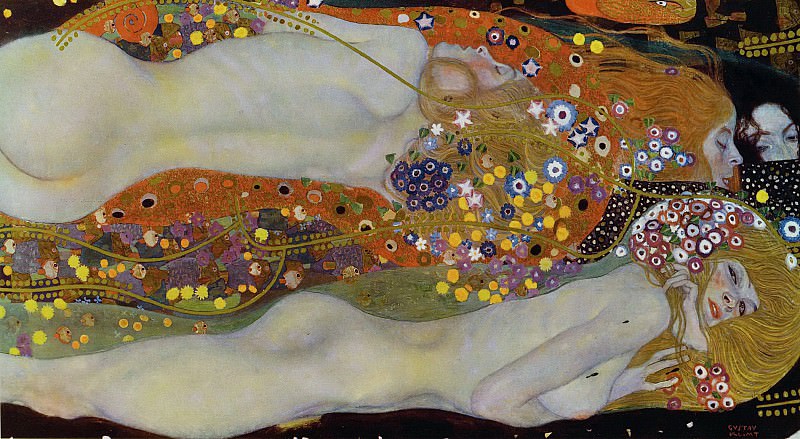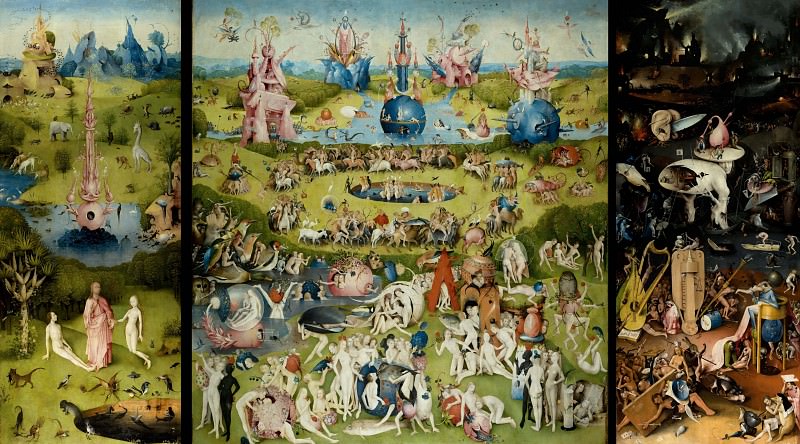The Rich Tapestry of Ecuadorian Art
Ecuador, a country known for its stunning natural landscapes and rich cultural heritage, has an equally vibrant art scene that reflects its complex history, diverse population, and deep connection to the land. From ancient pre-Columbian artifacts to contemporary visual arts, Ecuadorian art spans a wide range of styles, mediums, and influences, making it a fascinating subject for art lovers and historians alike.
Pre-Columbian Art: The Foundations of Ecuadorian Creativity
The roots of Ecuadorian art can be traced back thousands of years to the pre-Columbian civilizations that inhabited the region long before the arrival of Spanish colonizers. The Valdivia culture, one of the earliest known cultures in the Americas, is famous for its intricate pottery and figurines. These artifacts often depict human figures, animals, and abstract designs, showcasing the early Ecuadorians' deep connection to nature and spirituality.
Another significant pre-Columbian culture is the La Tolita, known for their exquisite gold and platinum jewelry. The craftsmanship displayed in these works is remarkable, with detailed representations of human and animal forms, often used in ceremonial contexts. These ancient pieces are not just art but are also important cultural artifacts that offer insight into the beliefs, social structures, and daily lives of the people who created them.
Colonial Art: The Spanish Influence
With the arrival of the Spanish in the 16th century, Ecuadorian art began to absorb new influences. The Catholic Church, eager to spread its teachings, became a major patron of the arts, commissioning works that combined European religious themes with local artistic traditions. This period saw the emergence of the Quito School of Art, a distinctive style that blended European techniques with indigenous themes and materials.
Artists like Miguel de Santiago and Bernardo de Legarda became prominent figures during this era. Their works, primarily religious in nature, include altarpieces, sculptures, and paintings that adorn many churches and cathedrals across the country. The Quito School is particularly noted for its use of polychrome wood, where sculptures were painted in vibrant colors, giving them a lifelike appearance. This style remains influential in Ecuadorian art, reflecting a unique blend of European and indigenous influences.
Independence and National Identity: The Rise of Secular Art
The 19th century was a time of political upheaval in Ecuador, as the country fought for independence from Spanish rule. This period also marked a shift in the focus of Ecuadorian art from religious themes to more secular and nationalistic subjects. Artists began to explore themes of identity, independence, and the country's natural beauty.
Juan León Mera, known primarily as the author of Ecuador's national anthem, also made significant contributions to the visual arts during this time. His paintings often depicted the country's landscapes, capturing the dramatic contrasts between the Andes mountains, coastal plains, and Amazon rainforest. These works helped to establish a sense of national identity and pride, celebrating Ecuador's unique natural and cultural heritage.
Modern Art: Experimentation and Innovation
The 20th century brought further changes to Ecuadorian art as the country experienced rapid modernization and social change. Artists began to experiment with new styles and mediums, influenced by global art movements like Surrealism, Cubism, and Abstract Expressionism. At the same time, there was a renewed interest in indigenous art and culture, as artists sought to reconnect with their roots and challenge the dominance of European artistic traditions.
One of the most important figures in Ecuadorian modern art is Oswaldo Guayasamín, whose works are known for their powerful emotional impact and social commentary. Guayasamín, of indigenous descent, used his art to express the pain and suffering of marginalized communities in Ecuador and Latin America. His most famous series, "La Edad de la Ira" (The Age of Wrath), features haunting depictions of human suffering, war, and oppression. Guayasamín's work has been recognized internationally, and his influence continues to be felt in Ecuadorian art today.
Other notable modern artists include Camilo Egas, whose work blends indigenous themes with modernist styles, and Eduardo Kingman, known for his expressive depictions of hands as symbols of labor and struggle. These artists, among others, helped to shape the direction of Ecuadorian art in the 20th century, pushing the boundaries of traditional forms and exploring new ways of expressing the Ecuadorian experience.
Contemporary Art: A Global Perspective
Ecuadorian art in the 21st century is characterized by its diversity and global outlook. Contemporary artists in Ecuador are engaged with a wide range of issues, from social justice and environmental concerns to personal identity and the global art market. While some continue to draw on traditional themes and techniques, others are experimenting with new media and digital technologies, reflecting the increasingly interconnected world in which they live.
Artists like Pilar Bustos and Paulina León are exploring issues of gender, identity, and the body in their work, challenging traditional notions of femininity and representation. Bustos, for example, uses photography and video to create powerful images that question societal norms and expectations. León, on the other hand, combines traditional painting techniques with modern materials and concepts, creating works that are both visually striking and thought-provoking.
Meanwhile, the art collective La Emperatriz is pushing the boundaries of contemporary art in Ecuador by creating interactive installations and performances that engage with the public in new and innovative ways. Their work often addresses environmental and social issues, encouraging viewers to reflect on their role in the world and the impact of their actions.
The Role of Museums and Galleries
Museums and galleries play a crucial role in the preservation and promotion of Ecuadorian art. Institutions like the Museo Nacional del Ecuador and the Casa de la Cultura Ecuatoriana in Quito house extensive collections of pre-Columbian, colonial, modern, and contemporary art, providing a comprehensive overview of the country's artistic heritage. These institutions not only preserve important works but also provide a space for dialogue and education, helping to foster a deeper understanding and appreciation of Ecuadorian art.
In addition to these national institutions, there are also many private galleries and art spaces across the country that showcase the work of emerging artists. Places like No Lugar in Quito and Galería DPM in Guayaquil are at the forefront of the contemporary art scene in Ecuador, providing a platform for new voices and innovative approaches to art-making.
The Future of Ecuadorian Art
As Ecuador continues to evolve, so too does its art. The country's rich cultural heritage and diverse population provide a fertile ground for artistic innovation and experimentation. Contemporary Ecuadorian artists are increasingly looking beyond their borders, engaging with global art trends while also remaining deeply connected to their roots. This blend of local and global influences is creating a dynamic and vibrant art scene that reflects the complexities of life in modern Ecuador.
At the same time, there is a growing recognition of the importance of preserving and celebrating Ecuador's artistic traditions. Efforts to protect and promote indigenous art forms, as well as to support contemporary artists who are exploring new directions, are helping to ensure that Ecuadorian art remains a vital and integral part of the country's cultural identity.
In conclusion, Ecuadorian art is a rich and diverse field that reflects the country's complex history, cultural diversity, and ongoing social and political changes. From the ancient pottery of the Valdivia culture to the contemporary works of artists like Oswaldo Guayasamín and Pilar Bustos, Ecuadorian art offers a fascinating glimpse into the soul of the nation. As the country continues to navigate the challenges and opportunities of the 21st century, its art will undoubtedly continue to evolve, offering new insights and perspectives on what it means to be Ecuadorian in an increasingly globalized world.



